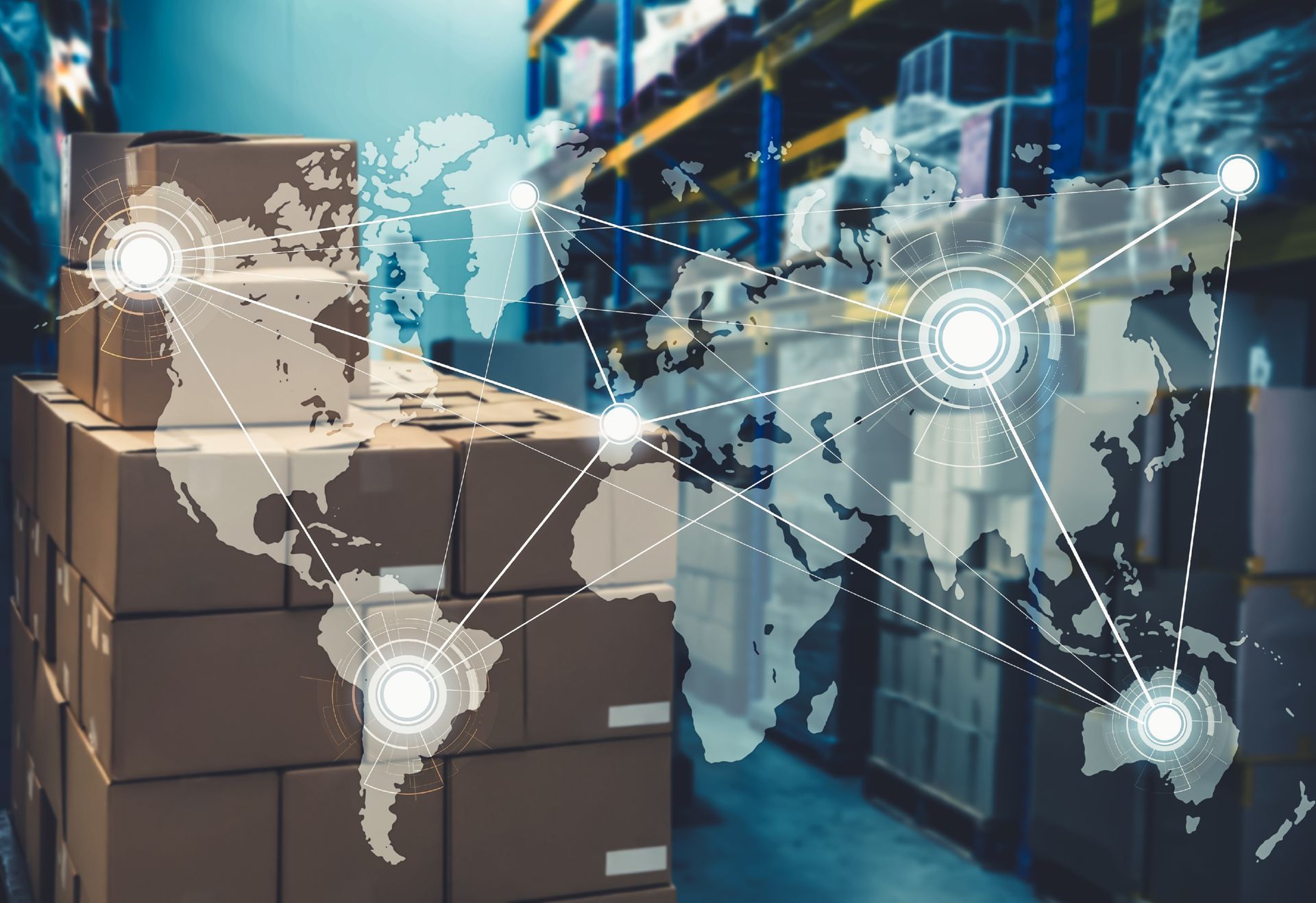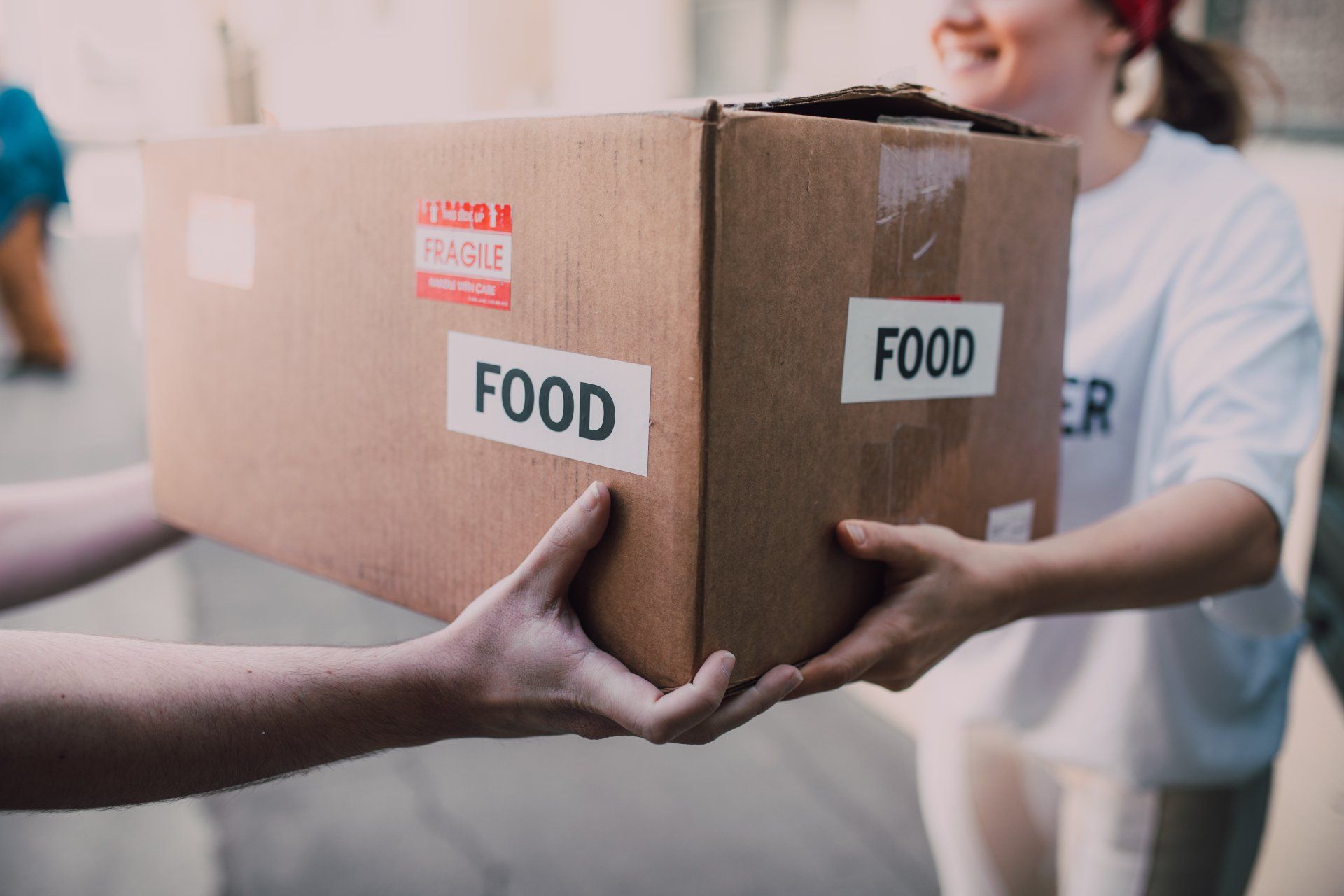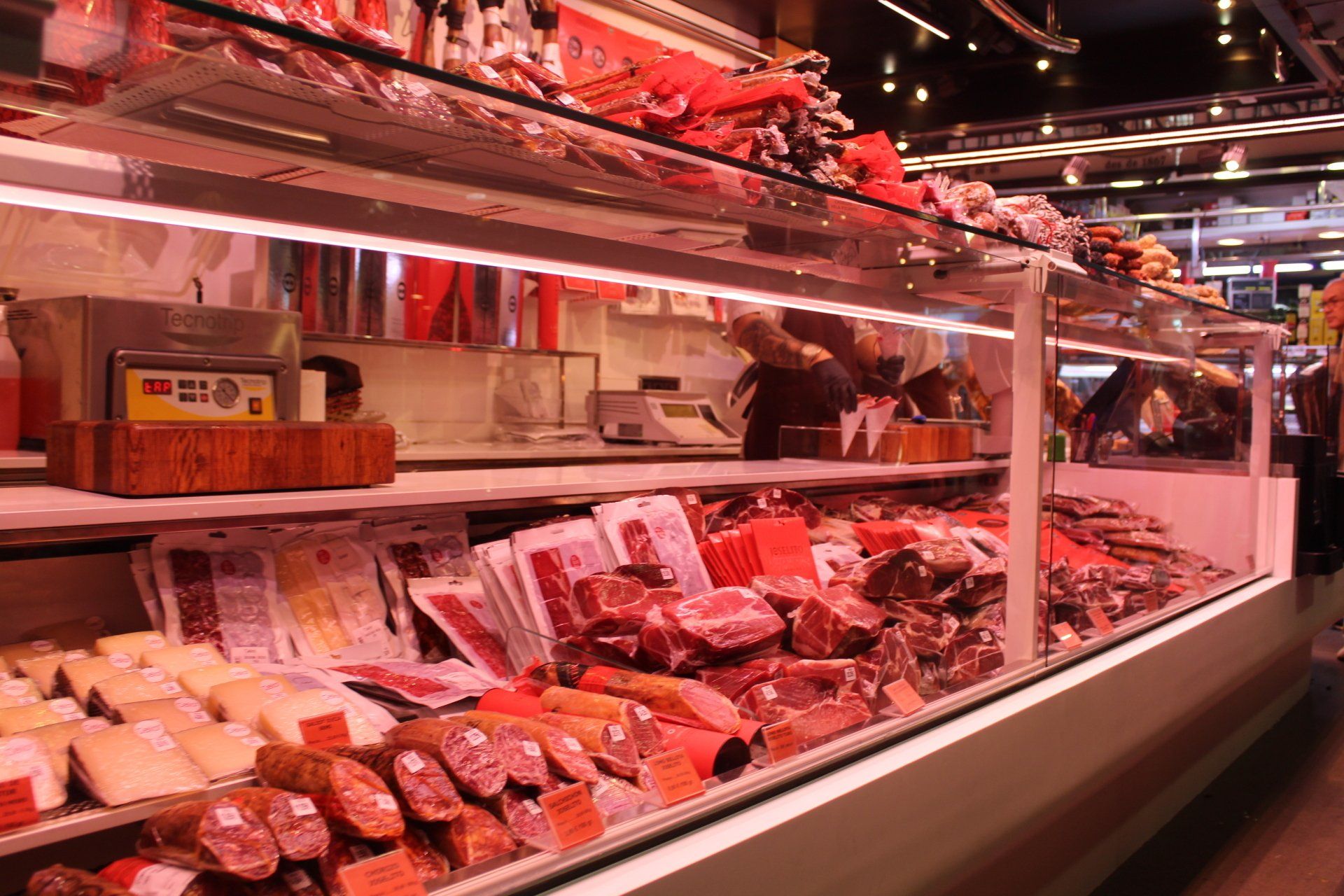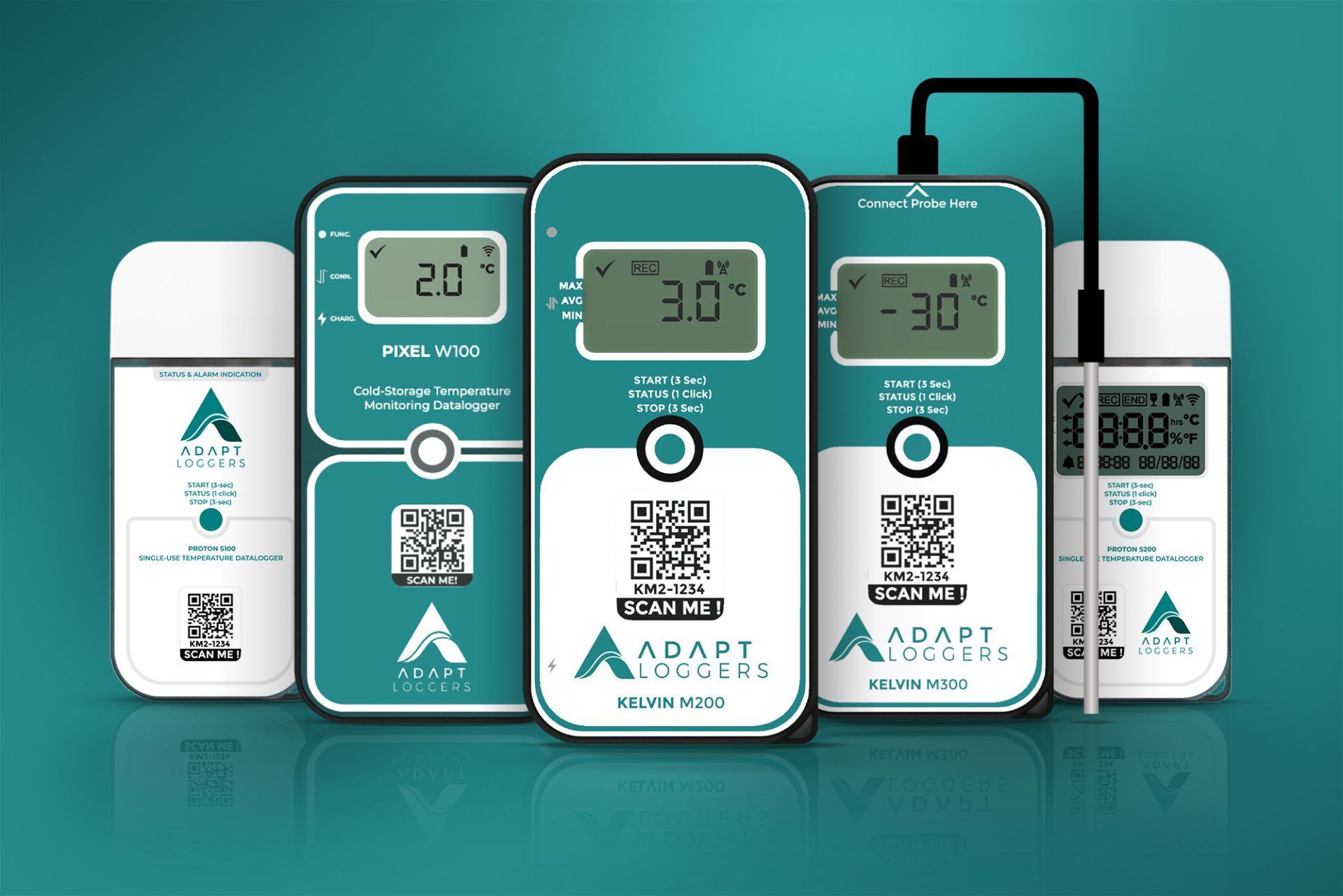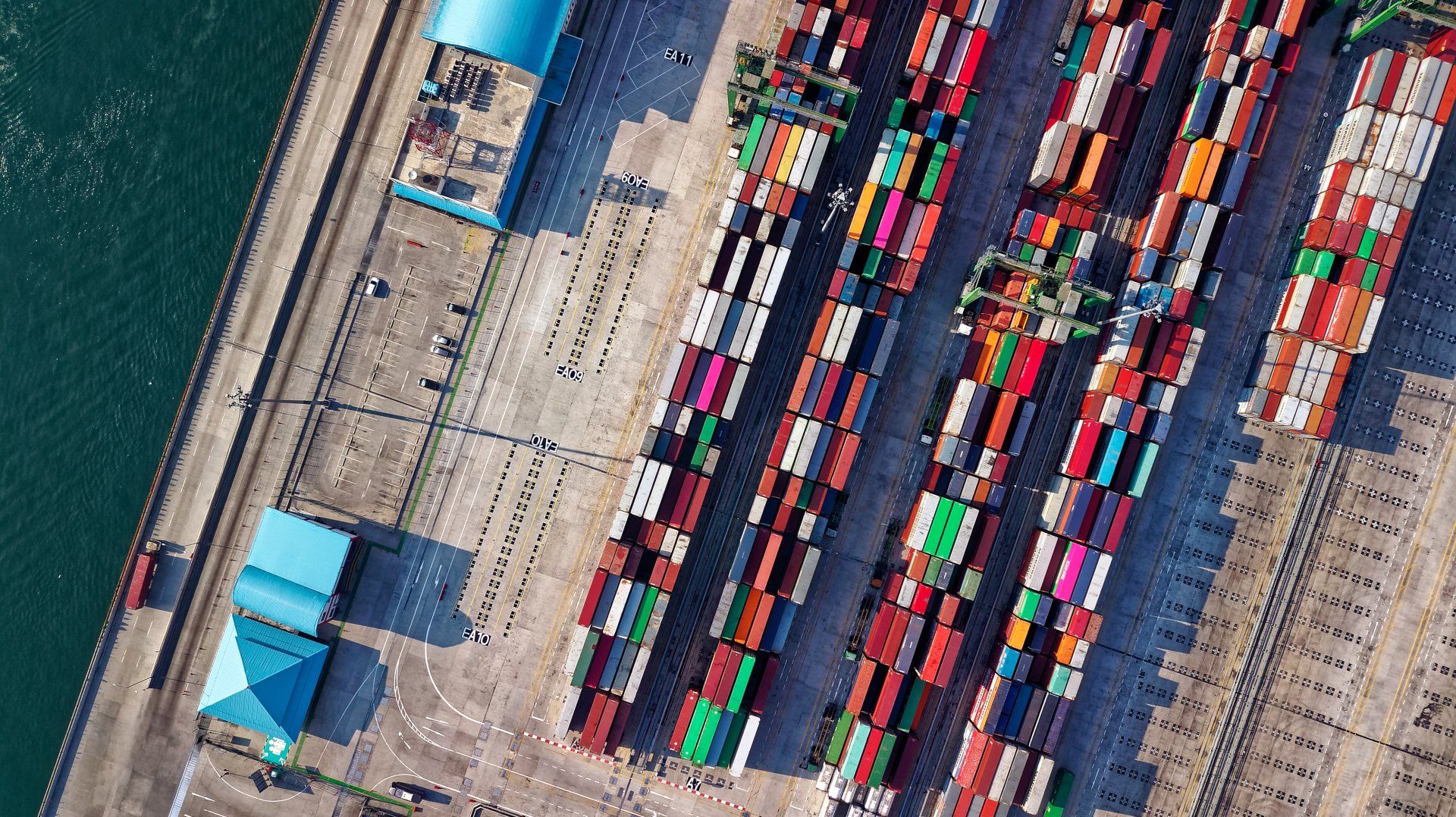Securing Your Cold Chain: A Comprehensive Guide to Cold Chain Management and Monitoring
Modern supply chains are becoming wiser and more efficient with every passing year, thanks to advances in technology that makes it easier for business owners to stay informed about logistics trends. Logistics management has become an indisputable necessity for organisations of all sizes as they strive to protect the integrity and security of their products throughout the cold chain. As such, it is essential that business owners have a comprehensive understanding of how they can track and monitor their cold chain in order to guarantee safety and quality assurance along each step of the journey.
In this article, we will provide you with an in-depth guide on securing your cold chain—from exploring different types of cold chain delivery service transport options, setting up effective tracking mechanisms, utilising monitoring solutions and cold chain logistic management right through till analysing data gathered during transit and integrated cold chain logistics, so you can take your transportation operations to a new level.
Cold Chain Management and Monitoring – The Ultimate Guide
Cold chain logistics management and monitoring is a critical part of the supply chain process in many industries. It involves the careful tracking and monitoring of goods that need to be stored and transported at specific temperature ranges in order to maintain their quality and integrity. Cold Chain Logistics Management (CCLM) encompasses all of the processes, systems, and procedures necessary to ensure that products are kept in optimal conditions throughout their entire lifecycle. This includes tracking shipments and temperatures, isolating products from external elements, storing them properly and ensuring they get to their destination on time.
In addition to maintaining product quality, Cold Chain logistics management also helps to reduce spoilage and waste. By carefully monitoring temperatures during storage with data loggers which monitor controlled room temperature, and asset trackers for transport it is possible to extend shelf life for certain products such as food items.
In addition, by understanding the temperature range products are kept in, manufacturers can save money by avoiding unnecessary spoilage or waste due to improper handling. In short, Cold Chain Logistics Management helps companies save money by reducing losses due to violations of set conditions and mishandling of perishable goods in the supply chain.
Cold Chain Logistics Management
Cold Chain Logistics Management also helps supply chain companies comply with safety regulations related to the transportation of products that require cold chain management. For example, many countries have guidelines regarding the proper storage temperature for certain food items in order to prevent food-borne illnesses associated with poor temperature control. By following these regulations closely through Cold Chain processes, supply chain companies can ensure their products are safe for consumption while staying compliant with local laws with our cold chain solution.
Overall, Cold Chain Logistics Management and Monitoring is an essential component of supply chains for many industries, as it helps keep products safe and prevents spoilage or waste due to mishandling or violations of set conditions of perishable goods. It also ensures companies stay compliant with safety regulations related to the transportation of temperature-sensitive items while saving costs associated with spoilage or waste in the process.
The Importance Of Logistics Management
Protecting The Integrity & Security Of Products Throughout Their Cold Chain Journey.
Logistics management, or the overall coordination of resources to ensure that goods are stored, transported and delivered in a timely and efficient manner, is an important component in protecting the integrity and security of products throughout their cold chain journey. In the context of a cold chain, logistics management helps to ensure that food and pharmaceuticals remain at a safe temperature for optimum safety and quality. It also helps to maintain accurate tracking of inventory from origin to final destination in the supply chain.
For example, with effective logistics management in place, supply chain and distribution companies can understand disruptions, where products are located, as well as monitor temperatures on each shipment throughout its journey helping to optimise processes in place. This ensures that perishable items are kept at optimal temperatures to preserve their freshness and quality. Additionally, effective use of digital technologies such as IoT sensors enable companies to keep detailed logs on shipments throughout their entire journey. This data can be used for pinpointing potential areas where delay or damage may occur so that corrective action can be taken quickly if needed anywhere along the temperature controlled supply chain.
In summary, logistics management is key in in the supply chain for ensuring the safety and integrity of products throughout their cold chain journey. With careful planning and monitoring along with the use of technology such as IoT sensors, companies can stay one step ahead in managing risks associated with transport delays or temperature fluctuations during the journey. Consequently, this helps create a reliable cold chain system that maintains product quality from start to finish.
Different Types of Transportation Options:
The Most Suitable Transport Options Available
Examining the various transportation options available to business owners & how they can choose the most suitable one for their needs.
When it comes to what cold chain involves, transportation options for businesses, there are a variety of options available. Business owners need to consider their options carefully in order to decide on the best option for their needs. The most common transportation options include trucks, trains, airplanes and ships.
Trucks provide businesses with an efficient way of transporting large amounts of goods over long distances in the supply chain. Trucks tend to be cost effective as they can carry larger loads than other forms of transport and are capable of reaching locations that may be difficult for other vehicles to access.
Trains offer businesses a great way to move cargo over long distances quickly and efficiently due to their size and lower fuel costs compared to trucks. Trains also have the advantage of being able to stop at multiple locations along the route allowing businesses greater flexibility when planning a journey.
Aeroplanes provide businesses with an even quicker way of travelling between destinations in different countries or continents. While air travel is an expensive option compared to other forms of transport, it can save money in the long run if products are time-sensitive or multiple stops must be made during transit.
Finally, ships provide businesses with a cost-effective way of transporting large volumes of goods over vast distances. Temperature controlled shipping generally take longer than other forms of transport but they can save money on fuel costs due to their greater carrying capacity compared to smaller vehicles like trucks or planes.
Effective tracking mechanisms For Full Transparency During Transit
Discussing strategies for setting up effective tracking mechanisms to ensure complete transparency throughout transit.
Setting up effective tracking mechanisms is an important part of ensuring complete transparency throughout transit. By having full visibility into the progress of a shipment or delivery, customers can easily track their order and get real-time updates about where it is in the process. Effective tracking mechanisms also help businesses stay organized and keep their customers informed, creating a positive user experience.
To set up an effective tracking system, companies need to consider a few key factors. First, they need to decide on the most suitable method for tracking shipments and deliveries. This could include using GPS devices for vehicles on the road, IoT enabled asset trackers, or utilising RFID technology for warehouse tracking. It’s also important to evaluate what type of information should be tracked and stored in order to provide clients with relevant updates regarding their orders. Companies should also ensure they have easy-to-use software that makes data storage and retrieval easy and efficient.
Efficiency is key when setting up an effective tracking system for cold chain material. Automation techniques can help streamline many manual processes such as generating reports or updating customer accounts with new information. Automation can also save time by reducing the amount of manual labor needed to gather data from multiple sources. Additionally, automated systems are more accurate than manual ones since they eliminate human error while gathering data points efficiently and quickly.
Finally, security should also be taken into consideration when setting up an effective tracking mechanism. Companies must make sure that all data is securely stored and encrypted so it cannot be accessed by unauthorized third parties or malicious actors. This ensures client privacy, as well as company reputation, is maintained intact at all times during transit processes.
Utilising Monitoring Solutions:
Exploring different monitoring solutions that can be implemented in order to track progress and guarantee safety & quality assurance along each step of the journey.
Monitoring solutions can be a great way to ensure the safety and quality assurance of a project or journey. By utilizing monitoring solutions, businesses and organisations can track progress along each step of their journey and make sure that all goals are being achieved in the most efficient and effective way possible.
Monitoring solutions like data loggers and asset trackers help to identify any potential risks and issues before they become major problems by providing detailed data that can be analysed to locate problems at an early stage. Moreover, they can provide crucial insights into the overall performance of the journey, allowing teams to adjust their plans accordingly in order to stay on track.
Lastly,
monitoring solutions often come with automated alerts that notify teams whenever there’s an issue or something needs attention so they can take immediate action. This helps teams stay proactive rather than reactive when dealing with problems, ensuring that the product remains viable and within the correct conditions throughout its journey. All in all, implementing monitoring solutions is a great way for businesses and organizations to guarantee safety and quality assurance along each step of their journey while achieving their desired goals in the most efficient manner possible.
Analysing Data Gathered During Transit:
Understanding how data gathered during transit can be used to gain an even deeper understanding of operations, enabling organisations to optimise their supply chains for maximum efficiency.
Data gathered during transit can provide organisations with invaluable insights into their supply chain operations. With the right data points, companies can gain an even deeper understanding of their operations, enabling them to optimise their supply chains for maximum efficiency.
Furthermore, data gathered during transit can also help organisations identify any bottlenecks in their supply chain operations. Overall, collecting and analysing data gathered during transit is essential for optimising a company’s supply chain operations for maximum efficiency. By taking advantage of this data, businesses are able to identify any areas where improvements need to be made in order to ensure effective resource utilisation and client satisfaction.
Ultimately, it's essential for businesses operating in the cold chain sector to develop an effective logistics management system that ensures their products are kept safe and secure throughout transit. With a variety of transportation options available, business owners can find the most suitable one for their needs while setting up tracking mechanisms to guarantee transparency throughout transit. Additionally, monitoring solutions should be implemented in order to constantly track progress and ensure quality assurance along each step of the journey.
Finally, by analysing data gathered during transit, organisations can gain an even deeper understanding of transport operations and use this information to optimise their supply chains for maximum efficiency. It is clear that efficient logistics management is key to keeping products safe from start to finish – so if you're looking for help navigating this complex process, contact Adapt Ideations today to start your journey.
Common FAQ's
Get in touch with us today at enquiries@adaptideations.com for further information on our solutions.
Share Our Post.
Awards & Recognition

Best Temperature Monitoring Solution Provider
Awarded by India Biologics & Vaccines Outstanding Industry Awards 2022

Adapt Ideations Recognised As A Supply Chain Leader
by Alcott Global on Supplify's Supply Chain Tech Map 2.0

Related Articles.

